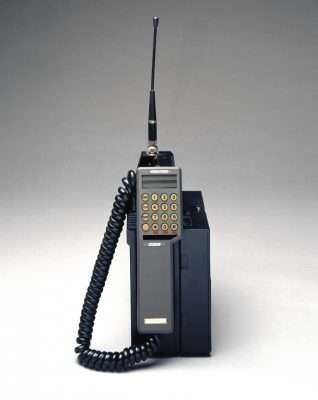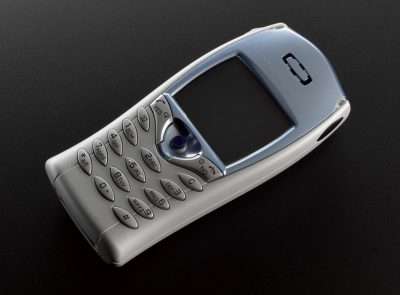What’s the one gadget you couldn’t live without? Your mobile phone, PDA, music player, game console – or all those things combined in a sleek smartphone?
No matter which device you choose, the one thing that all these gadgets couldn’t exist without is their rechargeable battery – the beating heart of the modern world.
The first rechargeable battery was the Lead-Acid battery, invented in 1859 by Gaston Planté, but it was the Nickel Cadmium battery invented in 1899 by Waldemar Jungar that really paved the way for the future of mobile technology.
The very early mobile phones used Nickel Cadmium batteries, but the batteries were so enormous they had to be stored in the boot of a car. As demand increased improvements were made and soon you were able to carry your battery around with you in a handy carry case.

By 1983 the first stand alone mobile phone had been developed using the Nickel Cadmium battery the Motorola Dynamic Adaptive Total Area Coverage (DynaTAC 8000X). By 1989 they could even fit in your pocket – though it might have to be quite a large pocket.

Today the battery that probably powers the phone in your pocket and the laptop on your desk is a Lithium battery, most likely a Lithium-Ion battery.
Introduced in 1990 these batteries have emerged as the best energy to weight ratio, meaning they last longer but weigh less, and they have enabled mobile phones to become smaller and smarter.

The iUnit concept car in our Plasticity exhibition is proof that in the future lithium batteries could be used to power even more aspects of our mobile lives.
